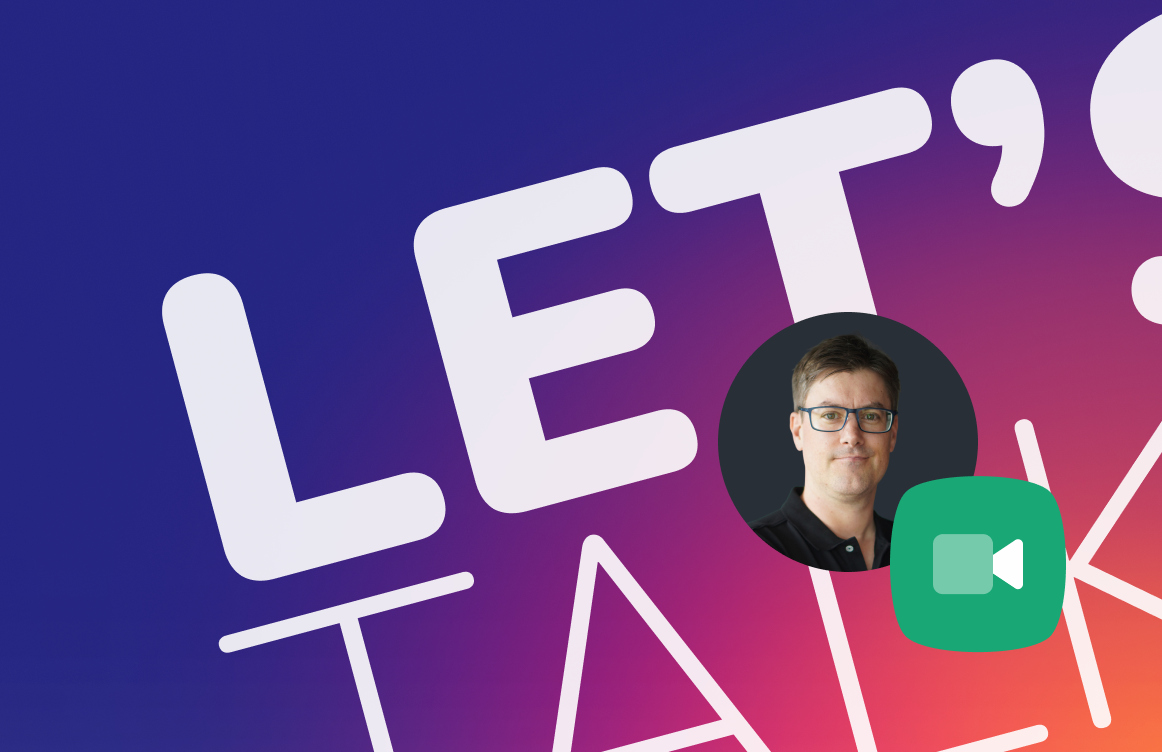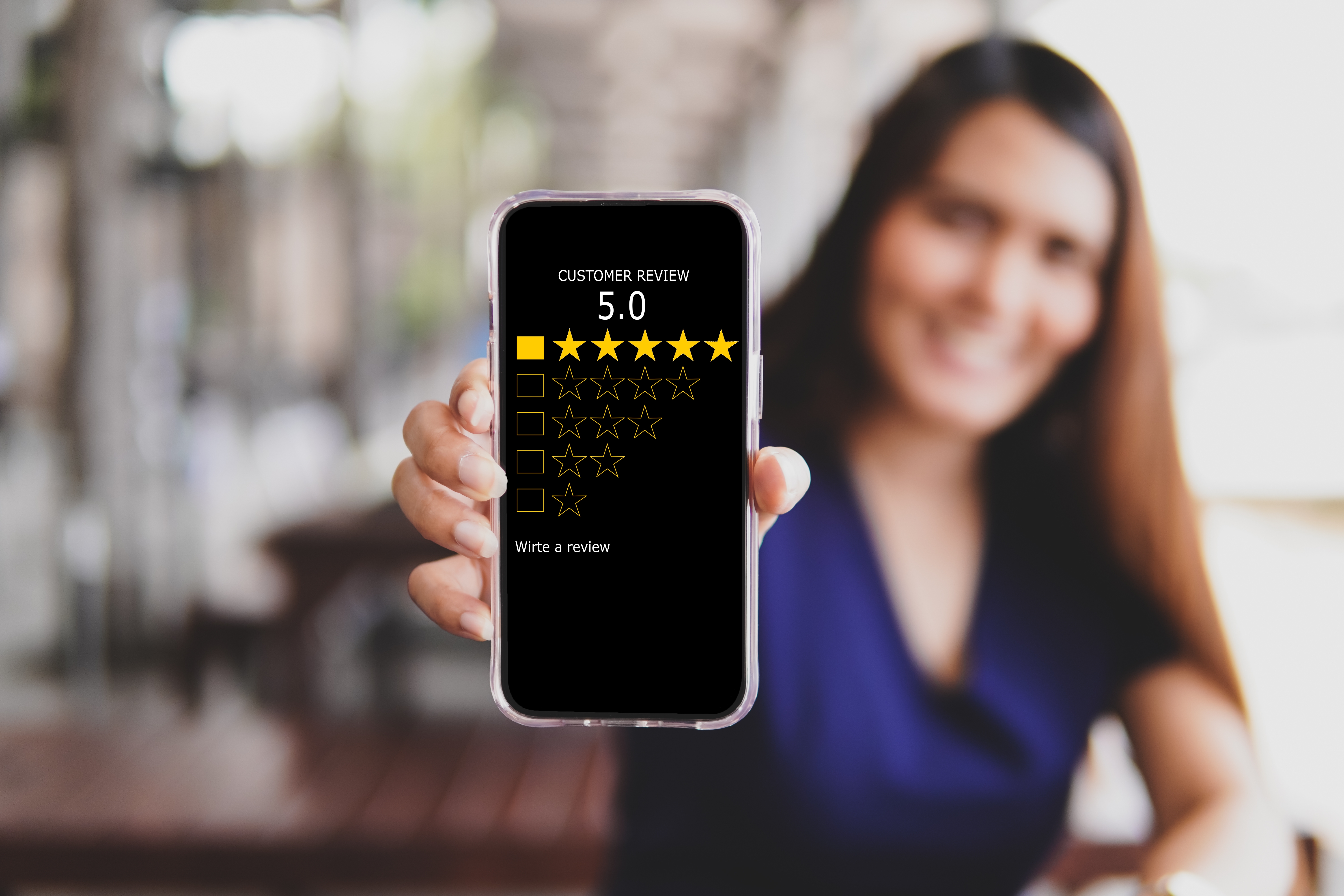Share of persons aged 16 and over with self-reported long-standing limitations in usual activities due to health problems, by sex, 2016 (%). More information

Accessibility is based on usability. Derek Featherstone once said that disability is "a usability amplifier". Different types of disabilities perfectly demonstrate to which extent a product is usable for everyone, where the pain points are, and what we should improve. About 15 percent of the world population are disabled in some way, that is 1 in 7 people around the globe. According to Eurostat over 20 percent of the population in the European Union suffer from limitations due to health issues.
There are countless individuals with various kinds of situational, temporary, and permanent accessibility special needs—and sometimes being in particular uncomfortable situations can make people without any disability feel like they need more from the application, website, or device they use. A slow internet connection should for instance not be an obstacle to load a page just with text and alt-text instead of other visual elements (icons, images, videos). Equally, a low color contrast webpage or app may be more difficult to experience on a sunny day, even for people without a visual disability. Besides that, there are many types of disabilities and challenges for the devices and digital content providers to cope with, with various kinds of requirements: visual, motor/limited mobility, auditory, speech, seizure and photosensitivity, cognitive disabilities, or finally of course a combination of multiple disabilities.
Accessibility Challenges in the Modern World
In today's world, we have almost unlimited access to the internet and an ever-growing choice of digital devices, so as creators we should be aware of the responsibility that comes with it. Our products should be designed to be as future-proof as possible and provide a great user experience to everyone, no matter which ability or disability they may have. When you fail to consider accessibility early on, you are probably excluding thousands of people from using your product. Built-in accessibility support also entails that applications, websites, or devices can much better adjust themselves to technology changes. As the ones who directly participate in the design and creation of new products we — designers, developers, testers — need to realize that each design decision impacts accessibility and usability. Accessibility starts with the visual design and ends with the end-user experience. Accessibility should be considered on every single step during the process of creation, and accessibility testing is nonsense when the application, web, or device is not designed for people with disabilities or impairments.
Keyboards and Screen Readers are not Enough
The Web Content Accessibility Guidelines (WCAG) — a compendium of recommendations and norms for making your service, product or website more accessible — are a huge, almost overwhelming list of potential pain points, and rules on how to remove these obstacles with guidelines and success criteria followed by conformance level indicators (A/AA/AAA). While the easiest way to think about accessibility is to focus on these guidelines — and the software and hardware tools we mostly already have built-in (screen readers, keyboards) — that is not enough. The disabilities, no matter what type or combination, are always across a wider spectrum. For example, a visual disability is not just blindness. On this spectrum, there can be various types of issues connected with visual impairment, such as low-vision, tunnel vision, strobe effect seizures, and so on. The motor or limited mobility issues can vary from temporary issues, such as a broken arm, to permanent ones, such as tetraplegia. Similarly, auditory problems can show in many different ways, from misophonia to the problems for individuals who are deaf.
To address this, first of all, we need to think about which types of users we want to support with our product or service and understand the spectrum of their needs. During the process of developing the application, website, or device which is ought to be accessible for everyone, these five aspects are the most important to remember and follow: Awareness, access, relevance, design, and legal compliance.
Being aware of the user's needs and understanding issues they might struggle with. To do that, you need to know who is your target audience and ask what kind of assistive technologies they might use, as well as how and why. Persona mapping can help with pointing out who is a primary and who is a secondary user, to then define the respective accessibility attributes.
The next question is, how easy it is to access the app, web, device. This includes connectivity, low battery and low memory issues, small devices and screens — and finally costs.
Relevance — an app, website, or device should be meaningful in the context of a user's specific needs. At this point over-communicating, being as descriptive as possible is a plus.
Design is the stage that determines whether users with special needs and disabilities will be able to use your app, website, or device — or not. At this stage think about color and contrast, alternative text and descriptions, graphic cues, such as icons, which are low literacy friendly. At this stage also make sure not to make use of flashing elements or patterns that may cause seizures. Your design should follow the recommendations of the WCAG 2.0, at least on the AA conformance level.
Many countries have laws and regulations to enable persons with disabilities to take part in public life. For example, in Austria and Germany, federal laws define the accessibility standards for public offices, and also for the websites of these offices. The Austrian law (Behindertengleichstellungsgesetz) considers a website to fulfill these standards when it is "accessible and usable in the generally usual manner, without particular difficulty, and in principle without external assistance." The German law under the same name even defines many aspects in much more detail than the Austrian one. These laws are binding only for the public administration in the respective country. However, we advise you to have these laws in mind when building accessible websites targeting audiences in these countries.
Be Inspired — There’s a Lot That Can be Done to Keep Technology Accessible for All
There are many areas for potential improvements in this modern world and there already are many solutions we can take inspiration from. Driving a car is practically impossible for persons with epilepsy because the strobe effect and lights on the roads together with membranous bony labyrinth can cause seizures during driving. To emphasize the scale of the problem, let me point out that over 50 million people worldwide suffer from epilepsy and this number continuously increases. To be better prepared for tackling public transportation issues "both the technology and the infrastructure must be designed with accessibility in mind, which requires cooperation and communication among federal and local government agencies, stakeholders and organizations and individuals who have the expertise to know what does and does not work for wheelchair users and people with disabilities.". Another example to take inspiration from is quite newly developed communication devices for non-verbal people, such as C-Eye systems, speech-generating devices, or other applications for alternative communication helping people with ASD or after throat cancer surgery. All of these applications were specifically created for helping to overcome a particular disability and give a better quality of life for people with special needs.




